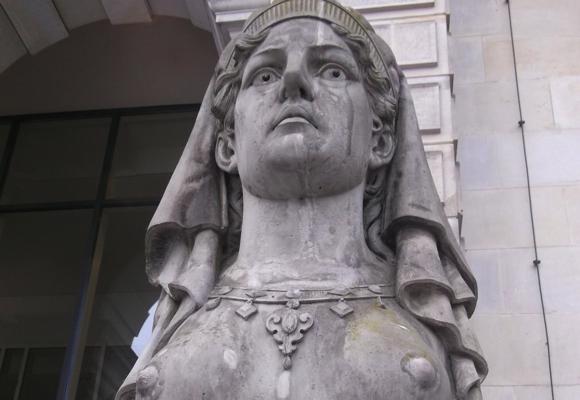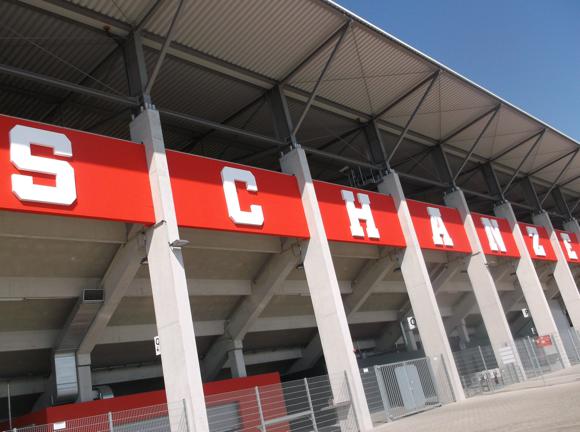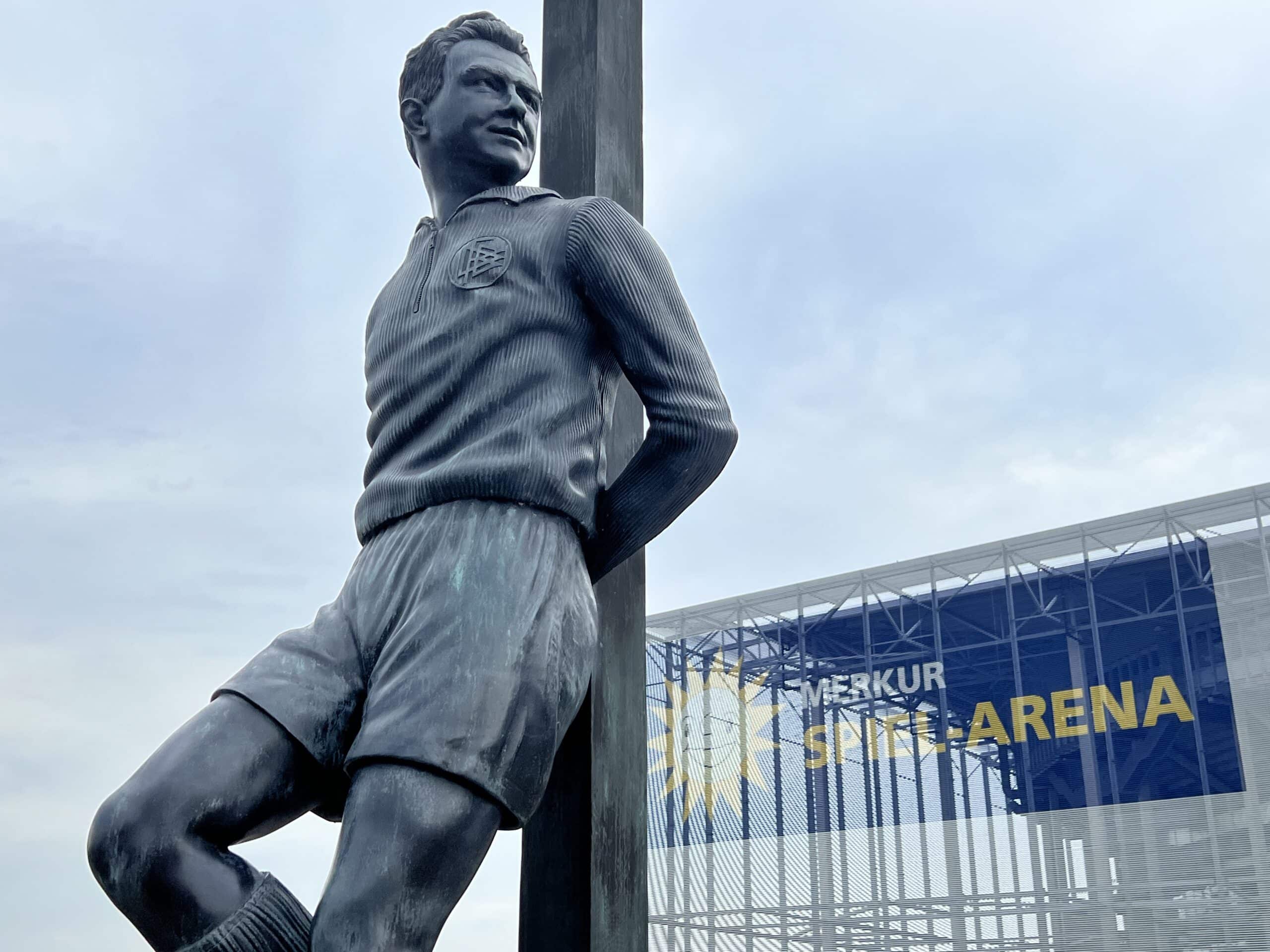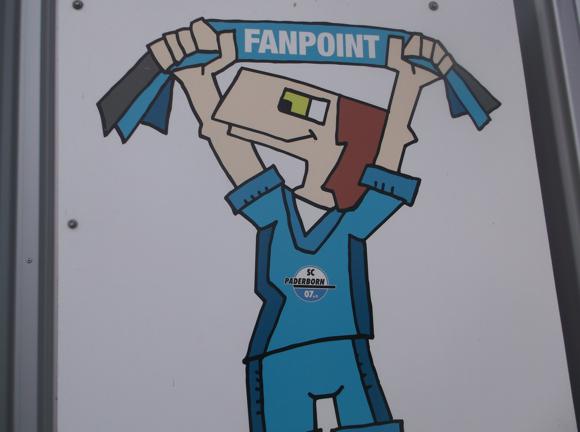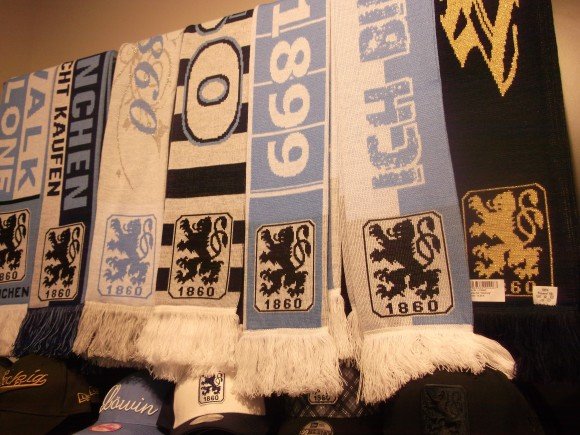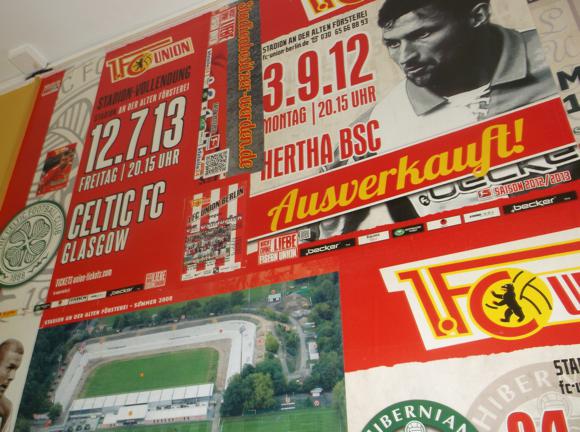A fan’s guide – the club from early doors to today
The Grün-Weißen of Werder Bremen can trace their history back to 1899 – but their real story has been driven by two modern-day managers: Otto Rehhagel and Thomas Schaaf.
Werder gained their current name (a regional term for river island, after their waterside location) in 1920 but little status came with it. In the Nazi-run Gauliga Niedersachsen, Werder managed four titles by national play-off. Success, when it came, hardly shook the football world. Narrow wins in the summer-only German Cup in 1961 saw Werder reach the final. Ageing forward Willi Schröder scored first as Bremen beat Kaiserslautern before a sparse crowd in Gelsenkirchen.
More importantly, it encouraged the German FA to include Werder in the inaugural Bundesliga of 1963 – a championship they would, remarkably, win a season later.
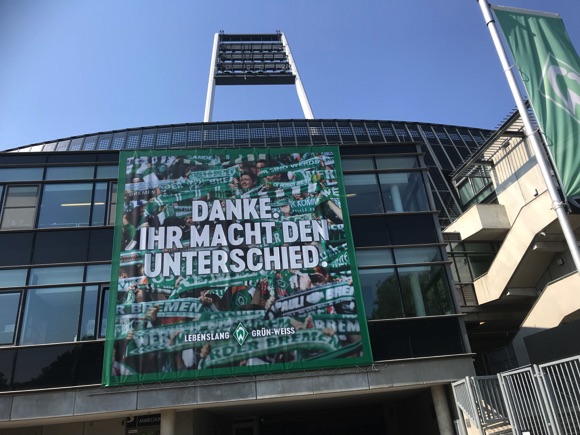
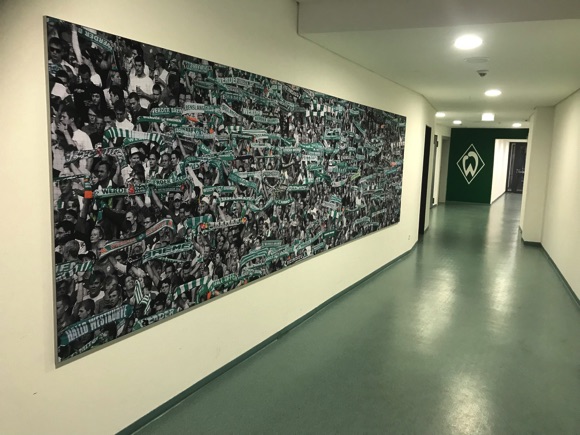

In a side that conceded fewer goals than the games they played, key members were defenders Horst-Dieter Höttges (later to appear in the 1966 World Cup Final), Sepp Piontek and defensive midfielder Max Lorenz. A more free-scoring outfit were pipped by 1FC Nürnberg for the title in 1968.
Mediocre seasons followed, even one-time only relegation in 1981 – just when talismanic coach Otto Rehhagel arrived. Prolific up front, Rehhagel’s Werder made fifth in their comeback season. They then lost the title to rivals Hamburg in a bitter struggle decided on goal difference, despite the presence of top league scorer, newcomer Rüdi Völler.
It took three second-place finishes before Werder claimed the title in 1988. This time, it was a record-breaking defence, featuring stalwarts Thomas Schaaf, keeper Oliver Reck and Norwegian sweeper Rune Bratseth, that won the day – along with goals from Karl-Heinz Riedle.
Reck, Schaaf and Bratseth featured again in the title-winning side of 1993, spearheaded by Marco Bode and New Zealander Wynton Rufer.



In Europe, Werder suffered a narrow defeat to the great Milan side of 1989 but took the Cup-Winners’ Cup in 1992, a Bratseth-inspired win over Monaco.
The Rehhagel era ended in 1995, a then record stay for a Bundesliga manager. Coaches flopped until Schaaf was appointed in 1999. Going one better than Rehhagel, Schaaf’s Bremen did the double five years later, with goals from prolific Brazilian Ailton, and a dynamic midfield of Tim Borowski, Johan Micoud and Hungarian Krisztián Lisztes.
Despite goals from Miroslav Klose, Bremen failed to hold on to the title, but continued to qualify for the Champions League throughout the decade. The last great hoorah of the Schaaf era came in 2009, with keeper Tim Wiese and a sparkling midfield of Diego, Torsten Frings and Mesut Özil.
After a heart-stopping semi-final win over eternal rivals Hamburg, Werder made the last UEFA Cup Final. Without a ruled-out Diego, Bremen took Shakhtar Donetsk to extra-time – but in vain. Ten days later, Özil got the only goal in the German Cup Final.
In May 2013, after a poor season, Schaaf ended his 40-year association with Werder, 14 of them as coach. Former Leverkusen manager Robin Dutt proved a short-term replacement before things picked up under the coaching team of Viktor Skrypnyk and his former Werder team-mate and icon Torsten Frings.
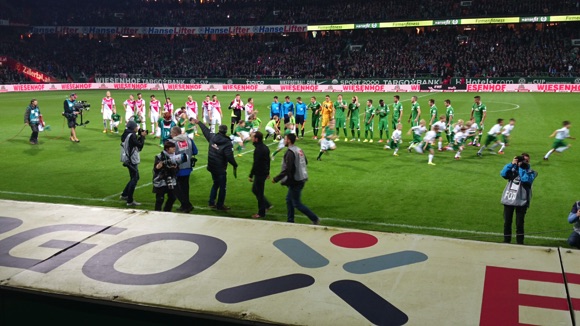
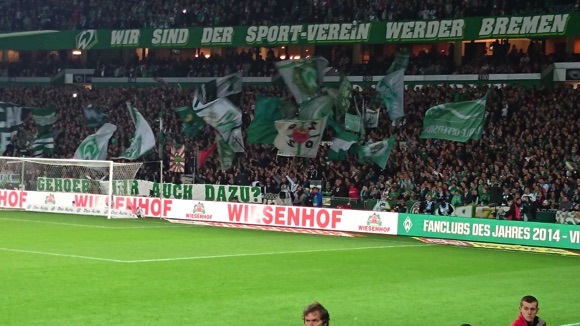

Stadium Guide
The field of dreams – and the stands around it



On the banks of the river that lends its name, the Weserstadion has seen action for 90 years. A multi-sports arena before the war – the complex still contains a swimming pool, tennis courts and a sailing club – the Weserstadion was first used by then top dogs ABTS Bremen, who went bust after building its main stand and restaurant. Werder arrived in October 1930.
The Grün-Weißen had previously been running out at Huckelriede over the river. The Nazis overhauled the Weserstadion, which staged an international, against Ireland, on the eve of World War II. It was reopened in 1947.
With Werder’s rise in the 1960s, capacity increased to 45,000 and floodlights were installed. Take 1FC Köln’s Mungersdorfer Stadion as its role model, Werder continued to improve the arena as Otto Rehhagel brought European football to Bremen. Despite being roofed on all sides, its running track built over and video screens erected, the stadium was overlooked for the 2006 World Cup.


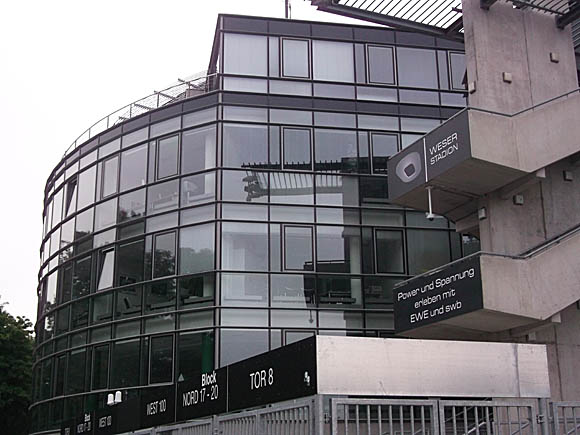
Overcoming protests from the sports clubs, and residents of this green space so close to town, the club went ahead with expensive redevelopment of the all sides of the ground. The interior was lowered by two metres to create a current capacity of 42,500, 10,000 standing. Nearby youth-team ground Platz 11 also received an upgrade, along with the Platz 12 pitch for the ladies’ team.
At the Weser, home fans occupy the Ostkurve, whose lower standing (members-only blocks 122-142) and upper seated (blocks 121-139) are divided by a narrow VIP tier that runs right around the ground. Visiting fans enter gate 10 on main road Osterdeich to take their places in upper sectors 101-113 behind the west goal, depending on take-up. Press seats are in the Südtribüne by the river, club offices and museum are in the Nordtribüne.
getting there
Going to the stadium – tips and timings
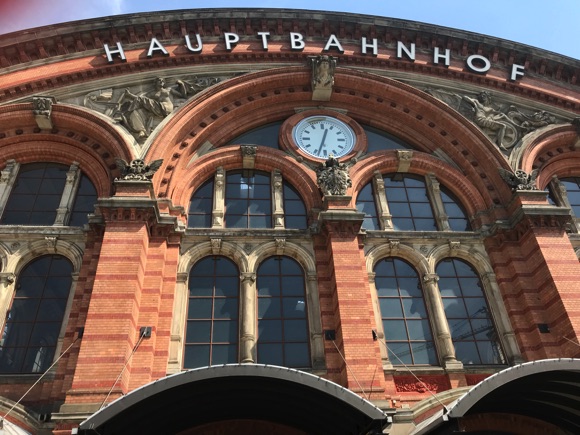
The Weser-Stadion has its own stop on the tram 3 (direction Weserwehr) that passes through central Domsheide. From the tram stop on Hamburger Straße, by the modest bar hub, head down Auf dem Peterswerder until a foot tunnel – go through it and the stadium is ahead, diagonally-left. From Bremen main train station, the 10 runs to St.-Jürgen-Straße (direction Sebaldsbrück). Turn right onto Lüneberger Straße towards the river then take a left at the bottom – the ground is no more than 10-15mins. Match tickets are valid for public transport.
Fans can also take advantage of a reservation-only Hal över ship that runs via central Waterfront Pier 2 and Martinianleger to the Weser-Stadion stop on the west side of the ground. There are places for 4,000 fans on five ships, booked up during match week.
getting in
Buying tickets – when, where, how and how much


The main outlet is at the Ticketcenter (Mon-Fri 9am-6pm and match days) near the Werder Fan-Welt on Franz-Böhmert-Straße behind the Ostkurve, furthest along main road Osterdeich from town. The club website will let you know how many (if any) tickets are available from the Tageskassen in front of the main stand on Osterdeich a few hours before kick-off. Online tickets are available by registering on the club website.
Prices for 2013-14 remained the same as the season before: €45-€60 for the best seats for three categories of matches, €30-€45 for lower-tier seats in the same main North and South Stands, and for places in the East and West Ends. Given that standing places (€11-€16) won’t be available, then the cheapest spots are in rows 1-9 of the Lower West Stand, €20-€35.
what to buy
Shirts, kits, merchandise and gifts
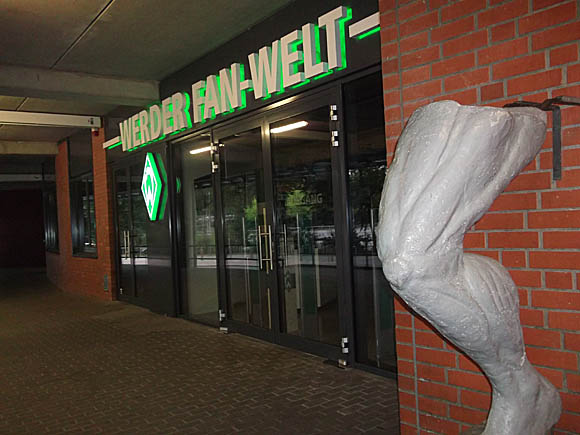
The Werder Fan-Welt (Mon-Fri 9am-6pm, Sat 10am-3.30pm, match day Sat 11am-1hr after final whistle, match day Sun 2hrs before kick-off until 1hr after final whistle) is behind the home Ostkurve, at the far end of the stadium as you approach from the tram stops.
Unusual branded items include a bird house, winter gloves adapted for smartphone use, a roofed wicker beach chair for two – and glasses shaped for wheat-beer sipping and hefty pint chugging.
More mainstream souvenirs are also sold at the Fan Shop by the Bremische Volksbank at downtown Domsheide.
tours & Museum
Explore the club inside and out


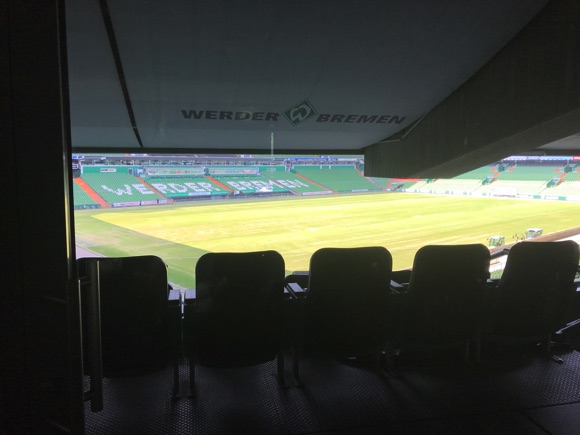



The Wuseum (€4/€2 under-18s, €6/€3 with stadium tour; open daily 10am-5.45pm, closed 1hr before kick-off) in the main North Stand on Osterdeich. As well as the shirts, trophies and documentation on permanent display, the Wuseum has also focused on the role of Jews in German football, the trip to Bacau in 1991 and the first cup win of 1961.
Stadium tours are laid on for groups of ten or more. Email for information to info@werder.de.
Where to Drink
Pre-match beers for fans and casual visitors



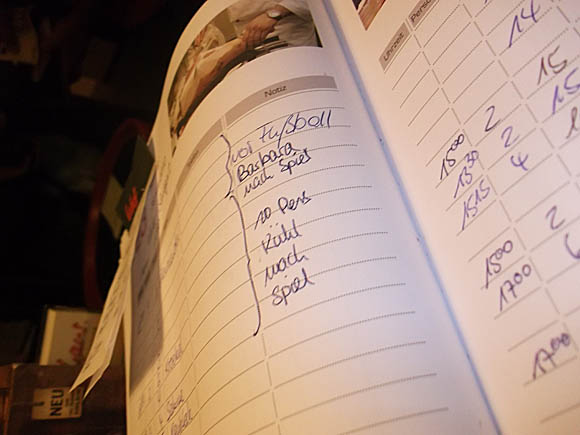

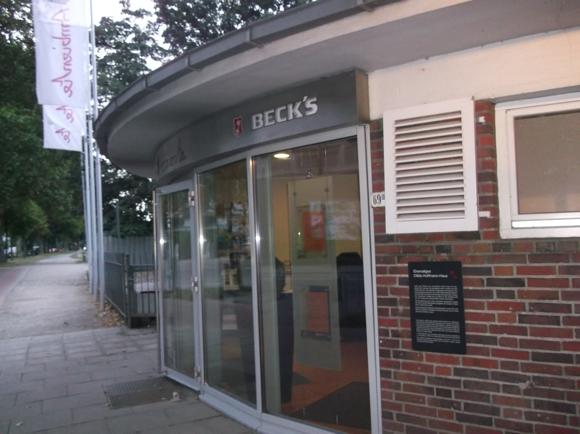
The main bar hub is around the 3 tram stop, on corners where Hamburger Straße meets Verdener Straße and also Auf dem Peterswerder. Somewhat trendy bistro Drei/10 offers Werder cocktails and provides a TV screen for matches in a raised area at the back.
On the Peterswerder corner, the excellent Wirtshaus strikes a nice balance between fine taste and football focus, with a special menu and a large screen on match days, and nice touches such as copies of Elf Freunde magazine and souvenir cups decorated with players of the 2009 Werder side over the back bar.
Nearer the river, at Braunschweiger and Peterswerder, the Taubenschlag is a real locals’ bar, green ‘Echt Werder’ signs brightening up its dark interior.
On the river, the Café Ambiente is a waterfront summerhouse with a literary bent, seemingly oblivious to being the closest spot to the Weserstadion.

